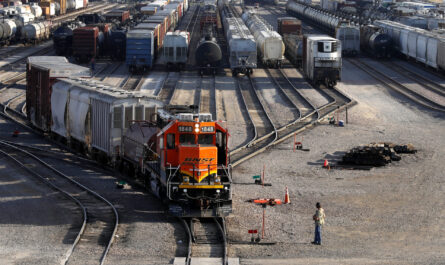Market Overview:
Body armor plates are rigid plates made from different types of materials including metals, polymers, and ceramics that are worn as a component of body armor to protect against gunshots and shrapnel from explosions. There are different types and levels of body armor plates depending on the level of ballistic protection required. Body armor plates protect vital organs in the torso area such as the heart and lungs. They find application in military uses as well as for law enforcement and security personnel who operate in high-risk environments. With rising geo-political tensions and conflicts globally, the demand for reliable body protection equipment from the defense sector is growing substantially.
Market key trends:
One of the key trends in the body armor plates market is the rising adoption of lightweight and flexible armor materials. Traditionally, armor plates were made from heavy materials like steel which restricted mobility. However, newer materials like polyethylene fibers and ultra-high molecular weight polyethylene (UHMWPE) are providing equal or better ballistic protection at much lower weight. This has increased soldier comfort and mobility on the battlefield. Another important trend is the growing demand for multi-threat armor plates that offer protection against not just bullets but also knives, fragments, and fire. With evolving new attack patterns, defense agencies are focusing on comprehensive protection solutions. Development of customized female body armor is another emerging trend as more women take on frontline roles in military and police worldwide. Innovation in plate carrier designs to better fit the female anatomy is being focused on.
Porter’s Analysis
Threat of new entrants: Low- medium barriers to entry due to high R&D investments required to produce specialized materials and meet regulatory standards.
Bargaining power of buyers: Moderate due to availability of substitutes and bargaining power of military and law enforcement agencies which are major buyers.
Bargaining power of suppliers: Low due to differentiated nature of raw materials and less possibility of forward integration by suppliers.
Threat of new substitutes: Low as body armor plates have superior protection against bullets, knives, and fragmets over other substitutes like flak jackets.
Competitive rivalry: High among global players due to technological innovation, expansion to emerging markets and contracts from military and law enforcement agencies.
Key Takeaways
The Global Body Armor Plates Market Demand is expected to witness high growth, exhibiting CAGR of 5.2% over the forecast period, due to increasing defense budgets and law enforcement modernization programs across regions. North America currently dominates the market attributed to significant investments in defense and law enforcement in the US.
Regional analysis: The body armor plates market in Asia Pacific is expected to grow at a fastest pace during the forecast period. This can be attributed to rising threats of terrorism and surge in defense spending from emerging economies such as India and China. Countries in Southeast Asia are also spending substantially on equipping their police forces with advanced protection gear.
Key players: Key players operating in the body armor plates market include Aegis Engineering Ltd, Armored Republic, LLC, BAE Systems, Ballistic Body Armour Pty, Ceradyne Inc. (Subsidiary of 3M). These players are focusing on new product launches with advanced materials to cater to country-specific ballistic threats and tenders from military and police organizations.
Note:
1. Source: Coherent Market Insights, Public sources, Desk research
2. We have leveraged AI tools to mine information and compile it



